Feeding the Forest – The Right Thing to Do for the Good of the Community
I spent a few months last year in Nicaragua helping a friend of mine build a restaurant forest garden for his hostel. Morgan, the owner of the hostel, has had the property for 12 years. When he arrived there was nothing here; now it looks pretty similar to the neighbouring jungle around it. However, from closer inspection and from lengthy chats with Morgan, I have come to realise the purposefulness with which the plants were chosen.
Although many of the backpackers don't seem to notice, we are surrounded by an abundance of food and useful plants. Speaking with Morgan, it was clear that he created this jungle of possibility to help give his son a sustainable future while also helping to support the myriad of native workers that help him with his land. Why? Because as a resident of Ometepe, he felt that giving back to both the community and the environment was not only the right thing to do, but also gave the local people an opportunity to learn themselves and to teach younger generations how to be self-sustainable through the land. I'd like to give you a wordy walk through of what we have here.
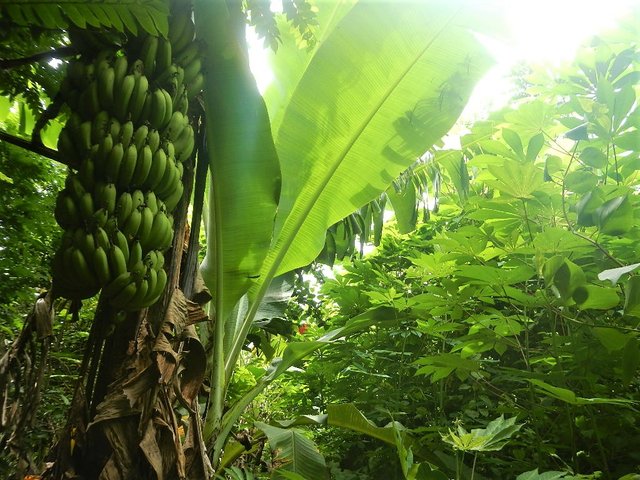
Firstly, we have an amazing amount of food. Morgan has planted lots of coconut trees. The meat is used for food and for making milk and oil, the water for drinking, and the trees themselves provide much needed shade for the hostel. The property itself is considerably cooled by the canopy layer that the coconuts provide. Under this very high canopy are large fruit trees, such as mangoes, bananas, plantains, breadfruit, and jackfruit, which again provide shade and food. The bananas also serve as food for the chickens and turkeys, who not only eat the fruit, but scratch underneath them to find bugs. Neem trees are also abundant and are used to make insecticide for the garden, as well as providing shade. There are also many smaller citrus trees and papayas. We've been considering increasing the use of these fruits by making syrups and juices for the bar, and perhaps making a still to make home-made moonshine for the customers. Equally, papaya stems are hollow and make incredible natural straws, creating a phenomenal replacement for the horrifying damage done by plastic straws in our natural water sources. There are also several trees planted for timber, which has been used to craft the entire hostel, while palms are used for the roofs.
When it comes to the bushy layers, lemongrass and cuban oregano can be spotted, used both for culinary purposes and for their medicinal properties. We spent some time cultivating ore of these plants together in order to provide extras for his restaurant and to provide more sustainable alternatives recipes like pesto. There is also a smaller bushy tree, often confused for papaya, but it's actually called chia. Not like chia seeds, but pronounced with a capital 'I' – ChIa. This plant has big spiked lobed leaves like papaya, but the leaves can be cooked up and served in the same manner as spinach.
W
There are quite a few creepers crawling along the ground including a wild tiny melon and squashes. Down on that ground level, you'll also find an abundance of what appear to be weeds, but are actually edible greens, such as wild peanut and an odd succulent type plant that seems like samphire but less salty. We also added big structures of yard beans to incorporate into the salads and to serve as edging to the garden and to provide the much-needed nitrogen.
Punctuating the green sea are beautiful flowers, both edible and ornamental. Of the edible flowers I recognise are hibiscus and canalillies. Morgan told me that they previously used flowers in the salads but it dwindled away over time. My penchant for beauty in food has led me to encourage him to take this back up again, which I'm excited for. It motivates me to learn more edible flowers so I can scavenge them on site or plant them.
For those that have a good eye for rhizomes, there is a blanket of yukka/cassava that lines the pathways, creating shade and providing starchy goodness for the restaurant's fries. They serve excellently to break up the soil, which although relatively sandy, can become quite compact after a heavy rain.
Winding up the trees you will find dragonfruit, passionfruit, and malabar spinach.
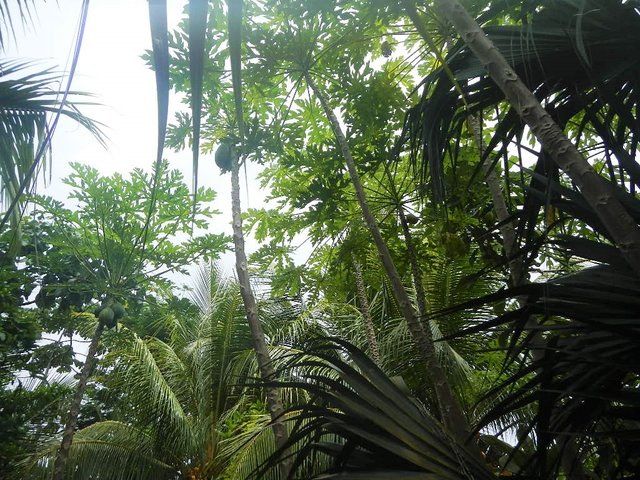
I'm very overwhelmed by the fruitfulness of this place and the potential it provides to take Morgan's hostel one step closer to self-sustainability. When I asked him about why he plants all these things but doesn't market the ecological side of the property, he said he does it for his son, so that his son will have everything he ever needs right in front of him: food, building materials, medicine, beauty. He followed this up by saying it was the right thing to do. Sometimes I feel like we get caught up in the complexity of creating a perfect design, forgetting the reason for why we do these things. We do this because it's the right thing to do to help the future generations. We're out there in all weathers, brains ticking over, trying to push the imagination to find more ways to increase the yield in a regenerative manner, not to prove that we're the best permaculturists, but because it's the right thing to do.
For me, being able to see it in action has really spurred me on. Often we visit permaculture sites which are 'on the way' but never getting there, or we meet permaculture teachers who bounce from place to place never dedicating themselves to the implementation, leaving the follow-through to fall through. It's humbling to stand with a normal guy, who doesn't brand himself as some kind of 'save the world' permaculture expert, and hear him profess he does this because it's the right thing to do, for him, his family, and for the extended community.
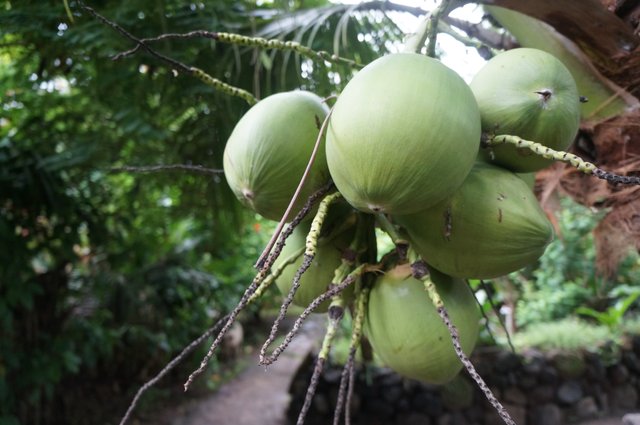
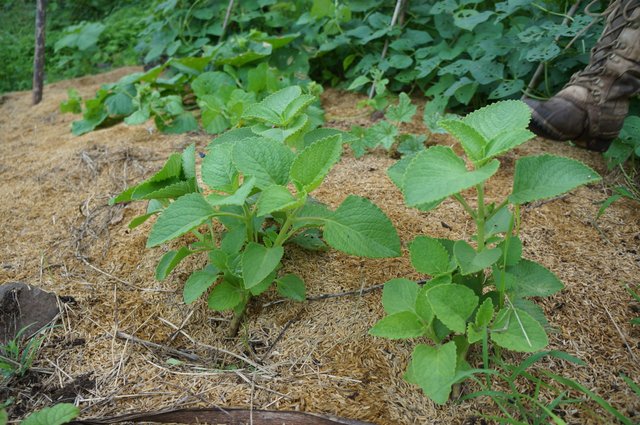
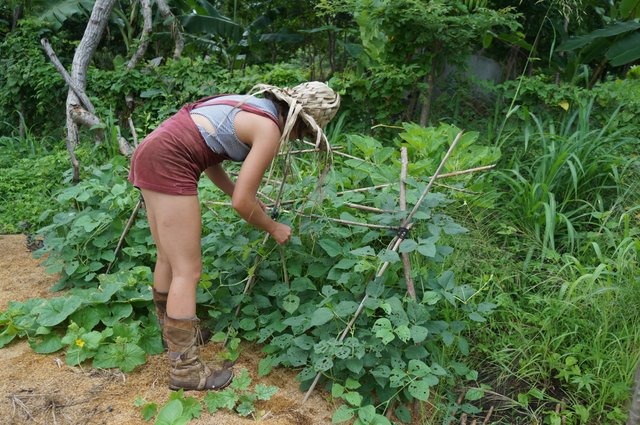
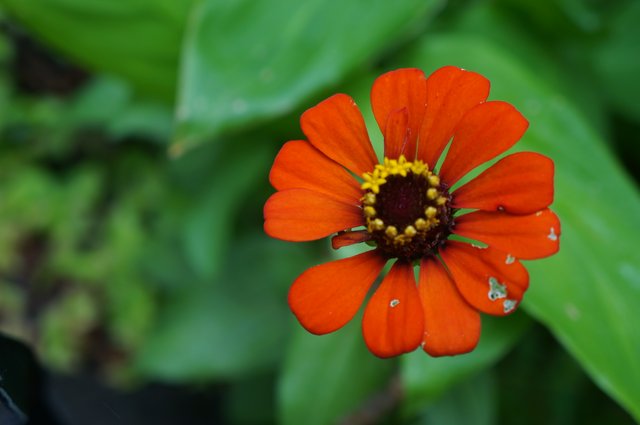
This is so inspiring! I wish more people understood that something you should do the right thing simply because it is the right thing to do. There is no need for any other reason.
My home in Damanhur is similar, in that we raise as much of our own food as we can. We do not yet have the variety expressed here, but that is probably because of the location and the mentality. I come from a more tropical climate, so just reading your list made my mouth water.
Regenerating our lands, in both urban and rural settings, and having each person feel like they can sustain themselves are two keys that are going to take us out of crisis mode and into thriving mode. I hope that all schools in the near future will teach valuable survival skills, because if we do not fear starvation, we can share what is on our plate because we know where to get more.
I couldn't agree more. I read someone say the other day that we're living in an abundant time. If this is true then why do we live with such a scarcity ethic? I think our lack of self sustainability, emotionally and in terms of skill, has left us feeling dependent on others and we're told we can't do it for ourselves and that we need care. This isn't true but we are not taught the tools to car for ourselves and to understand our positions of stewards of the land leading us to rove the very thing that sustains us. It's insanity.
I don't know the best way to teach people to care on a wider scale for their own self preservation but it needs to be done. So I guess we can only each do that in our own little ways.
It is happening in small pockets. The best thing would be to get more of it into the school systems. If our children know how to fend for themselves, then they will not grow up with that fear. Children teach their parents, like a domino effect!
I think this is true. I see a definite rise in homeschooling as people see the school system suck the creativity from their children. I see things like forest schools pop up in schools and school gardens. I just feel like there isn't the political interest for that kind of liberty though and that's what's holding us back
I am also seeing a rise of homeschooling. I was not really a fan, but now I see the advantages, especially when most people are creating teaching groups, so the children still have the social sides. Things like forest schools and schools with extensive green programs are the best solution, and there are more of them popping up every day.
I don't believe we fully understand the political impact just yet, since this touches on who we are as human beings and what we are here to accomplish. I have tried hard to understand why someone would resist such things, and I think I get a part of the picture. It is not an easy problem to solve because there are so many varying opinions. In order to reach a new level of understanding, we need to find new ways to communicate with people who still do not understand how it would be possible to move out of fear-based scarcity models and into abundance.
I agree with you. At first I thought homeschooling was a terrible idea which would lead to socially inept kids. However through my travels I see the opposite. I see kids that speak multiple languages And are curious and who want to learn for fun. They're able to speak and socialise with a wide range of people and often have far more time to pursue creative endeavors because they don't need such a long time in school because there aren't 30 other kids to contend with. I like the teaching groups and feel this really helps to pool skills.
I completely agree!